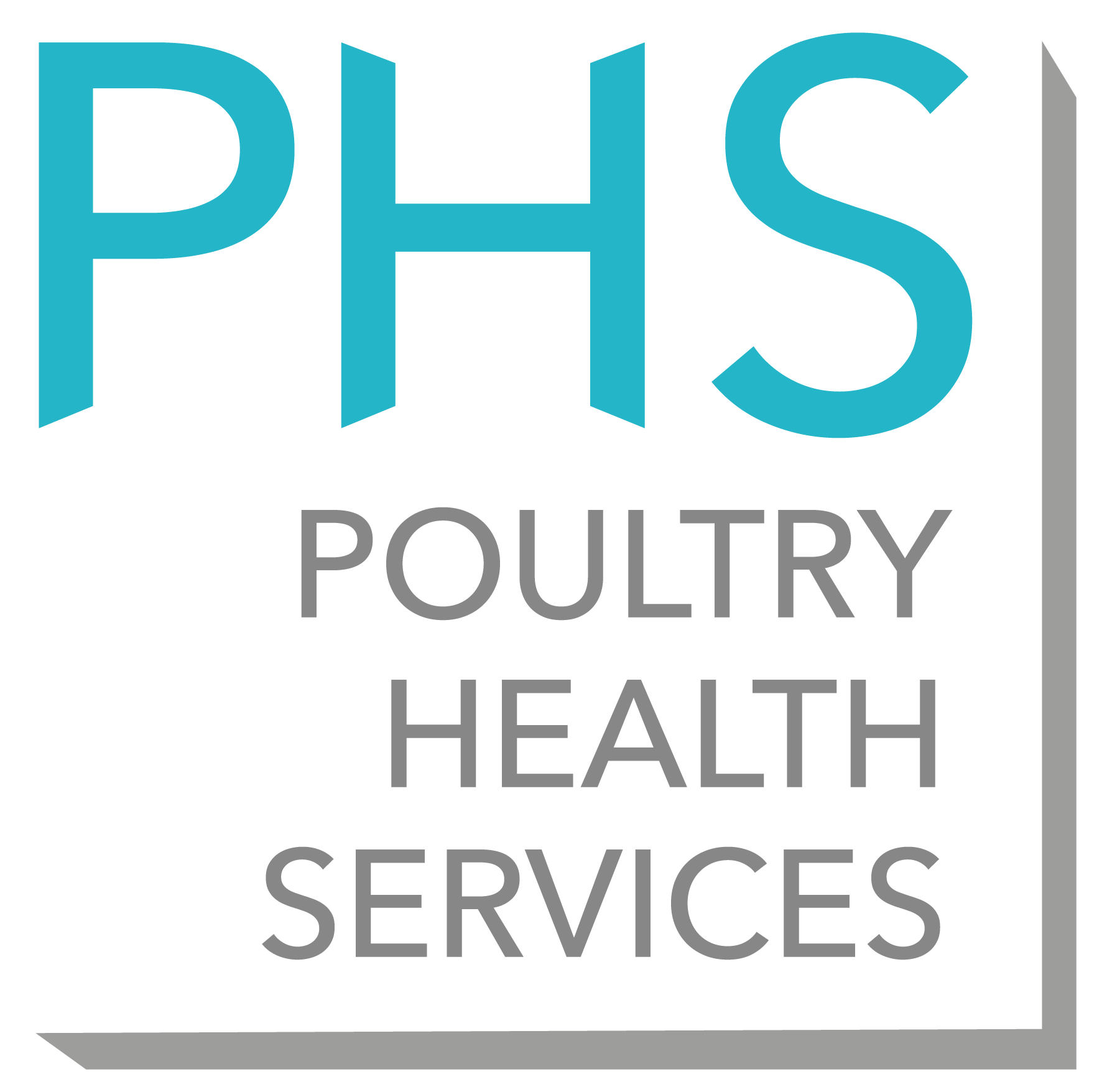Notifiable Diseases
PARAMYXOVIRUS
PARAMYXOVIRUS
This is a notifiable disease (meaning it must be reported to the APHA).
It is a variant strain of the PMV-1, Newcastle disease (NDv) virus, which is also a notifiable disease. It has been known to spread from pigeons to domestic poultry and gamebird flocks where it causes the NDv syndrome. It targets the kidney and nervous systems.
Symptoms
It can take anywhere from five days to six weeks before birds start to show symptoms after initial infection.
- Diarrhoea/green faeces.
- Loss of balance, leg/wing paralysis, circling.
- Inability to pick up feed.
- Twisted neck (torticollis).
- Medium-high mortality, especially in younger birds.
- Reduced fertility.
- Recovery if showing mild signs takes three to eight weeks.
Diagnostics
Serum antibody levels from live birds to check for exposure if birds aren’t vaccinated.
Viral isolation from tissues taken from birds at post-mortem.
However, these can sometimes not give a definite result.
Treatment
Notify APHA of outbreak (through vet), birds will have to be quarantined for at least two months.
Support birds through the outbreak: electrolytes in water, assisted feeding to prevent starvation for the birds who can’t eat.
Cull severely affected birds on welfare grounds.
Clean and disinfectant all surfaces.
Prevention
Vaccination is required in all UK races. Some outbreaks can still occur despite vaccination.
First vaccine at three to four weeks old.
Adults should be vaccinated each year afterwards before the start of the breeding, showing and racing season.
Injected by sub-cutaneous method at the base of the neck, ensure to clean the needle between birds.
Follow advice on label of the vaccine, most vaccines will deteriorate within one day of being open despite being kept in the fridge rendering them useless.
Colombovac and Nobilis are licensed pigeon vaccines in the UK.
AVIAN INFLUENZA
AVIAN INFLUENZA
This disease is caused by the Orthomyxoviridae virus family.
In birds, there are many different strains of this virus. However they can be split into two by how severe the symptoms may appear: HPAI (high pathogenic avian influenza) or LPAI (low pathogenic avian influenza). LPAI has much milder symptoms and lower mortality than HPAI.
HPAI has been known to infect humans and cause severe respiratory illness. Due to this HPAI is a notifiable disease in all species of bird. Should it be suspected then your vet must be report it to the APHA/ government.
Although not notifiable, LPAI should also be investigated as H5 and H7 strains has been known to mutate and become HPAI.
Pigeons are naturally more resistant to the virus and sometimes have no physical manifestation of the disease at all. There is also limited evidence that they can transmit the virus from place to place or bird to bird.
Symptoms
- Nasal discharge.
- Difficulty breathing.
- Swollen eyes/sinus.
- Sudden death.
Diagnostics
Call the APHA.
PCR swabs from oropharynx/ trachea and from the cloaca.
Serology: testing for AI specific antibodies in the blood. However, this is not as accurate as the PCR as pigeons do not seroconvert as readily as chickens.
Treatment
No treatment available. Nurse the bird through the disease if it is showing symptoms and keep it isolated from others.
In severe cases euthanasia is the best option.
Prevention
The virus can enter a loft after infection from contact with other bird species. Reducing the likelihood wild bird can use the same resources as your pigeons will reduce the risk of contracting this and many other diseases.
For more information on organising bird gatherings and AI visit: https://www.gov.uk/guidance/bird-gatherings-licences
